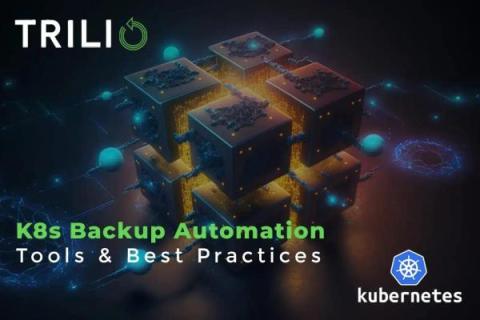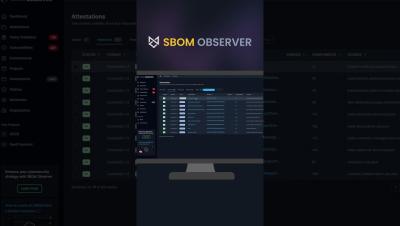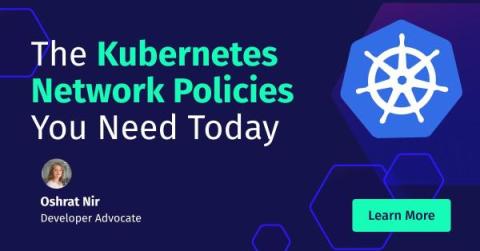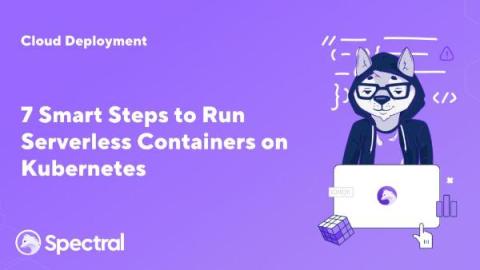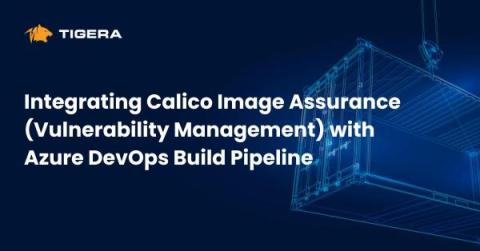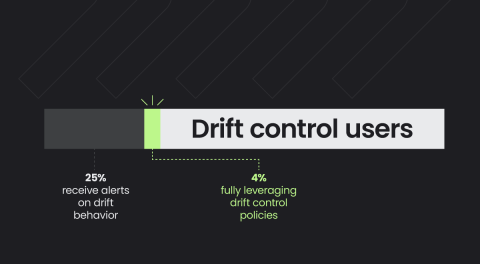Kubernetes Hardening Guide
Kubernetes, also referred to as k8s or “kubes,” stands as a portable, extensible, open-source container orchestration platform designed for managing containerized workloads and services. Initially developed by Google based on its internal systems Borg and later Omega, Kubernetes was introduced as an open-source project in 2014 and subsequently donated to the Cloud Native Computing Foundation (CNCF).




